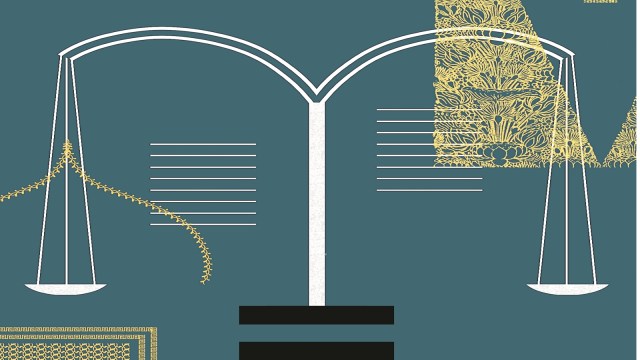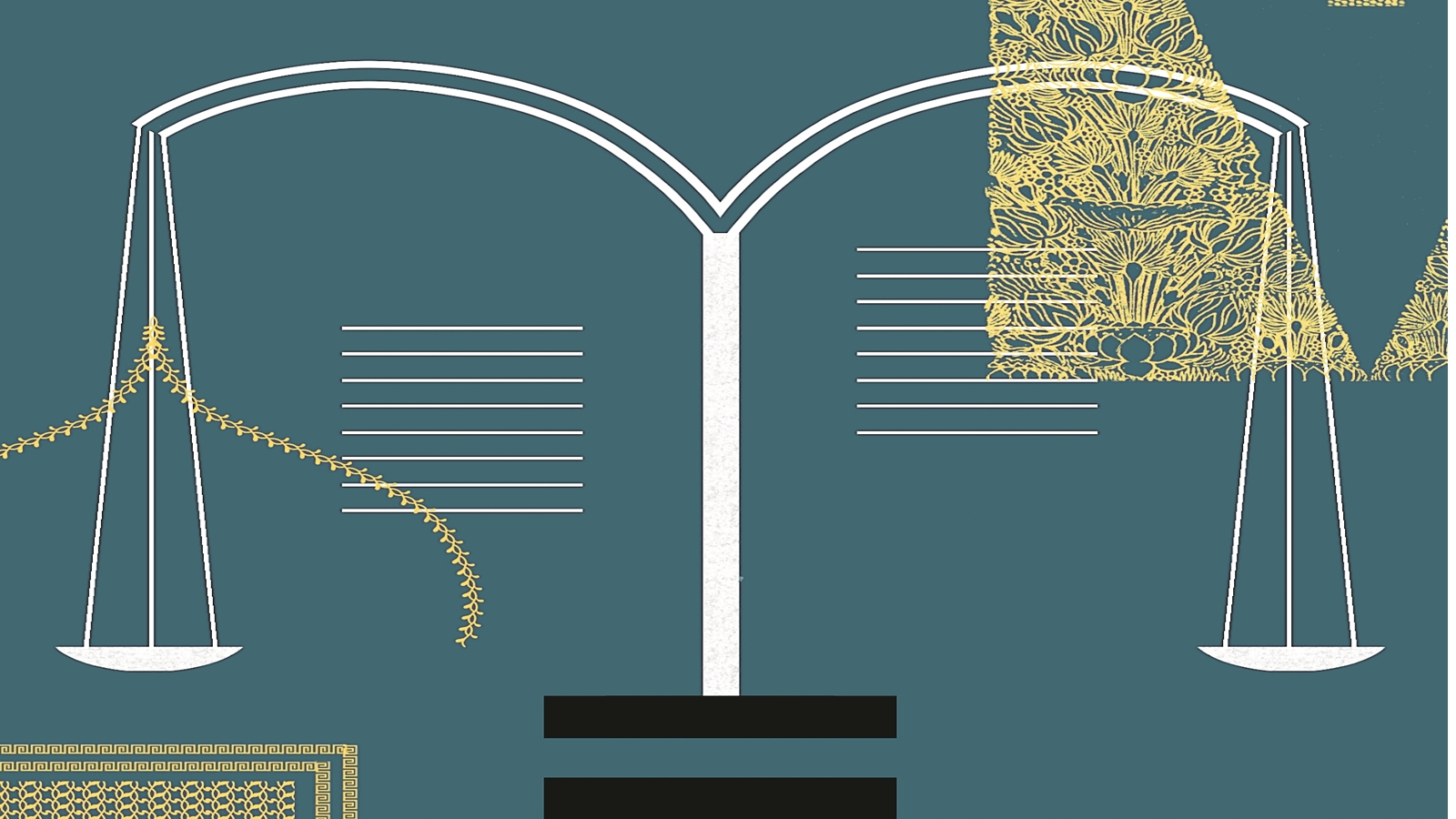
The three-judge bench of the Supreme Court (SC), led by Chief Justice of India D Y Chandrachud had promptly stayed the Allahabad High Court’s March 22 ruling and has now overruled it. The verdict in Anjum Qadri and Anr vs Union of India & Ors upholds the constitutionality of the UP Madarsa Act, 2004. It has given a tremendous sense of relief to thousands of madarsas and lakhs of students studying in these institutions. The Government did defend the Act as a regulatory measure but the National Commission for Protection of Child Rights (NCPCR), as intervenor, opposed the petitions and argued that education imparted in madarsas is not of the desired quality and thus, the law violates Article 21A and the right to a mainstream education.
The SC did not agree with the High Court’s decision to strike down the Madarsa Act based on secularism as part of the Basic Structure. Citing its Indira Nehru Gandhi judgment (1975), the SC categorically held that the doctrine of Basic Structure should be invoked to examine the validity of a constitutional amendment, not an ordinary piece of legislation like the UP Madarsa Act. Then Chief Justice A N Ray had observed that “applying the Basic Structure doctrine to test the validity of a statute will amount to ‘rewriting the Constitution’.” The current judgment authored by CJI Chandrachud held that in testing an ordinary law, courts should look just at legislative competence and consistency with fundamental rights. The judgment, accordingly, observed that an ordinary law cannot be declared unconstitutional for violating the basic structure of the Constitution because concepts such as democracy, federalism and secularism are undefined, and permitting courts to strike down legislation for their violation of such concepts will introduce an element of uncertainty in our constitutional adjudication.
Since the Madarsa Act was struck down in the name of secularism, the judgment discussed the concept at length. It relied on the nine-judge bench judgment in S R Bommai v. Union of India (1994), which had held that “secularism is a positive concept of equal treatment of all religions”. The SC said in its Tuesday verdict that Articles 25 to 30 contain the other facet of secularism, that is, the practice of religious tolerance by the state. It observed that “by recognising and regulating the Madarsa education, the state legislature is taking positive action to safeguard the educational rights of the minorities.”
The judgment also said, in essence, that secularism is a facet of equality. It rightly observed that substantive equality shall remain an illusion unless the state is positively charged with the duty to provide equal treatment to all persons, irrespective of their religion, faith, or beliefs. It went on to hold that the right to manage its affairs given to a religious body is a fundamental right that cannot be abridged by any legislation.
The Court recalled its leading judgments on Article 30 to explain the extent of state control of minority institutions in the name of regulation. It clarified that the minority character of an institution cannot be annihilated or destroyed. Certainly, minorities do not have a right to aid and affiliation or recognition of degrees. However, at the same time, neither aid nor affiliation nor recognition by the state can come with such conditions that would destroy an institution’s minority character. What remains to be seen now is how the Court decides on Aligarh Muslim University’s minority character.
Madarsas are entitled to state protection under Article 26, which gives religious denominations or any section thereof the right to establish and maintain institutions for religious and charitable purposes. Thus, purely religious institutions can legitimately be established and maintained. Article 21-A does create a duty on the state to provide compulsory education between 6-14 years of age and thus the state has a legitimate interest in ensuring the quality of this education. But in Pramati Educational and Cultural Trust (2014), the SC held that the application of the RTE Act to minority educational institutions, whether aided or unaided, “may destroy the Article 30(1) guarantees to establish and administer educational institutions of their choice to religious and linguistic minorities.” Accordingly, the SC refused to agree with the HC’s reasoning that madarsa education is hit by Article 21-A due to its poor quality as the RTE Act itself contains a provision exempting minority institutions.
The HC overlooked the fact of low quality of education in secular institutions. As per the 2023 Annual Status of Education Report, 25 per cent of students between the ages of 14-18 cannot read a class II text and over half face difficulties with arithmetic skills expected of Grade V students. A Mercer-Mettl Report (2023) found only 45 per cent of Indian graduates were employable.
The primary focus of madarsas is not secular but theological studies. A person has the right to become a theologian — we cannot force them to have the same level of knowledge and competence as passouts of secular institutions. To go to a theological or secular school is a matter of choice.
Religious instruction is different from religious education. Article 28 prohibits the former, not the latter. Even religious instruction can be given in aided or recognised institutions with the consent of the student or their parents. In fact, ideally, the Court should also have heard and decided on the PIL challenging the government’s directive to 1,125 Kendriya Vidyalayas(Central Schools) managed by the Ministry of Education mandating morning prayers of Om Shanti. Article 28(1) of the Constitution explicitly lays down that “no religious instruction shall be imparted in any educational institution wholly maintained out of state funds”. The PIL by Veenayak Shah has alleged that each morning, students irrespective of their faith are compelled to recite a Sanskrit prayer based on the Hindu religion and in its style, with folded hands and closed eyes.
In Engel v Vitale (1962), the United States Supreme Court held that Bible reading at school prayers is unconstitutional. It observed that there cannot be any official prayer of this kind in public schools.
The limited setback to madarsa education is the non-recognition of Fazil and Kamil degrees as the UP Act cannot prevail over the UGC Act,1956. As a matter of fact, these degrees are recognised by some universities only for the purposes of some theological and oriental studies courses. Thus, for UG and PG courses in Theology, Arabic or Islamic Studies, recognition of such degrees in no way undermines the quality of higher education standards. We should not close this gateway for madarsa graduates to enter university education.
The writer is vice-chancellor of Chanakya National Law University, Patna. Views are personal



